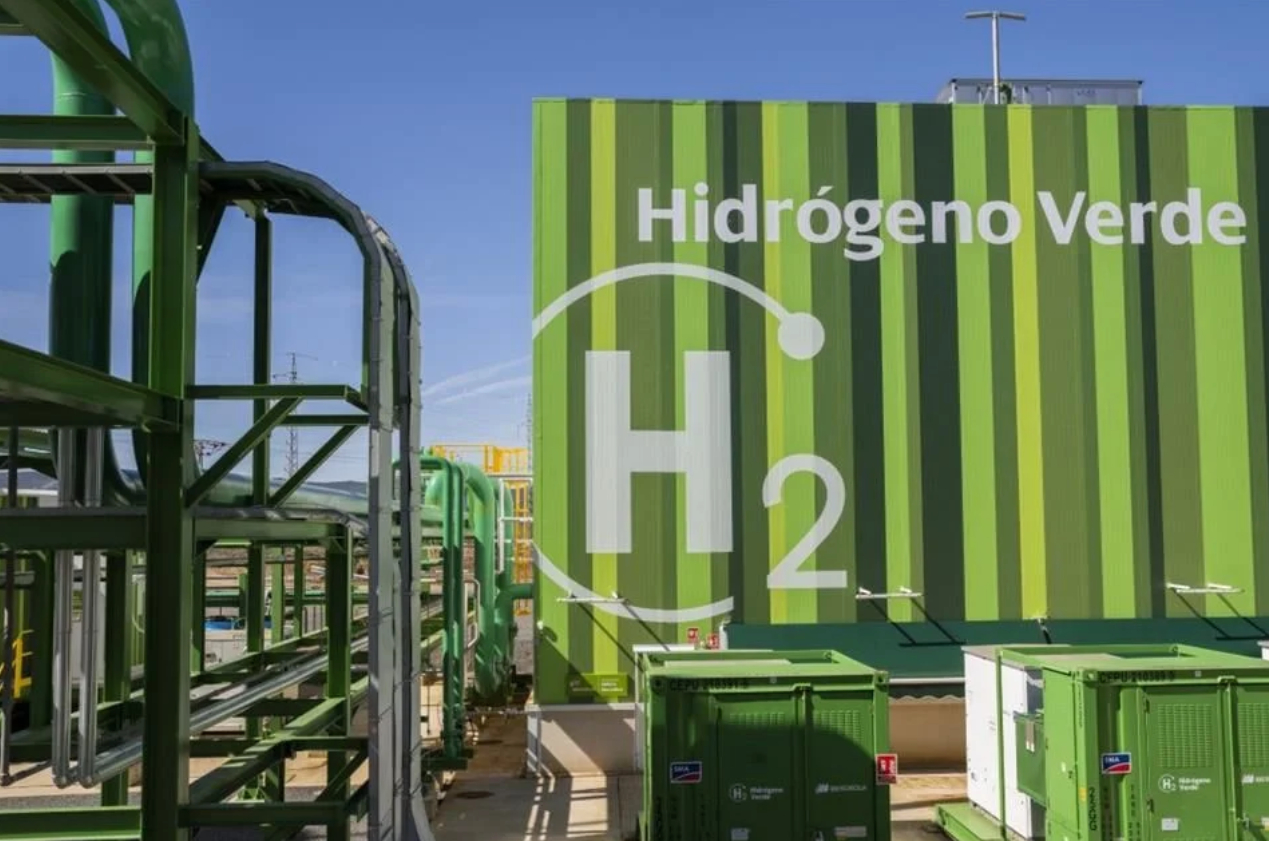Green (or clean) hydrogen is a promising renewable energy. To produce it, the water molecule must be broken down into oxygen and hydrogen. The most common method is electrolysis, which requires the intensive use of a second energy source and, of course, the availability of water. For the sustainable cycle to be complete, this second energy source must also be renewable (solar, wind, etc.). We are therefore talking about complex production processes with environments that have renewable potential and long-term investments that allow for innovation in the construction of production plants, as well as in storage and transportation.
Latin America has, in principle, enormous potential for the production of green hydrogen. According to the FAO, almost a third of the world’s potable water reserves are concentrated in the region. In addition, the cost of labor would be competitive and there is sufficient installed capacity for the production of complementary clean energies (such as solar or hydroelectric). All these combined assets, if directed toward the production of green hydrogen, would make the difference. However, it still lacks a consistent production structure and a regulated and articulated market. To overcome both of these obstacles, it is necessary to have investors (public or private) who are truly determined.
After the COVID-19 pandemic, Chile took the lead and in 2021 started H2Magallanes, a pioneering project in Latin America. This was followed by 62 similar initiatives in 13 countries in the region. In many cases, but not all, these are foreign investments. Recently, Argentina, a country in need of foreign currency, took advantage of the green hydrogen boom to organize a “global” forum in San Carlos de Bariloche. There, its government announced that it would soon send a green hydrogen bill to Congress. The approval of such an instrument is a significant step that gives legal certainty to investors, a fundamental condition to start operating.
Another indicator is the recent visit of Ursula von der Leyen, president of the European Commission, to four Latin American countries (Brazil, Argentina, Chile, and Mexico). In July, there will be an EU-CELAC Summit and in the background are the never executed Free Trade Agreement between the EU and Mercosur, and a European proposal (the Global Gateway), which aims to compete with the Chinese “Belt and Road” initiative. In this context, green hydrogen weighs more heavily than is generally believed. The war in Ukraine has increased the price of energy in Europe (especially gas), which affects the competitiveness of its companies and the purchasing power of the population.
This is where the interests of Europe and Latin America seem to converge. The mantra repeated in media and reports, with almost no room for alternative visions, is that Latin American countries should take advantage of the situation and their “strengths” to produce and export green hydrogen to Europe. Seen from a European perspective, the transition to green hydrogen could be rapid. The infrastructure now used in Europe to transport and store it is expensive, and the polluting liquefied natural gas from the United States (which has replaced Russian natural gas) could be reused to import the green hydrogen produced in Latin America.
Today, regardless of regional potential, Latin America lacks not only regulation and investment but also certifications, infrastructure, export capacity, research, qualified personnel, and consistent environmental impact assessments. The shortcomings of the still scarce production of green hydrogen are such that a couple of years ago, at the São Paulo Stock Exchange, a portfolio was created to attract investments toward companies that are developing any of the areas necessary for economic take-off.
Private investment, in fact, presents in this area the same structural problems as in other sectors: basically a lack of volume, strategy, institutional framework, and a surplus of “venture capital”. Latin American countries, meanwhile, do not invest enough and their national strategies do not differ much from the diagnoses of multilateral organizations such as the World Bank, ECLAC, the International Renewable Energy Agency, or some lobbies, which are still embryonic. All this has facilitated the interest of non-European investors. The United States, for example, with highly subsidized production from 2022, is beginning to look to Latin America.
Argentina has already signed a Memorandum of Cooperation with Japan. Asia/Pacific is currently the region of the world where the largest volumes of green hydrogen are produced and where long-term plans are most consistent and detailed. Japan, Australia, and South Korea have projects aimed at strategic goals set for the middle of the century that include the creation of global, asymmetric supply chains, similar to those that exist right now for hydrocarbons. China and Singapore have similar intentions. India, Indonesia, and Thailand are also opening up to large-scale production. There is an international market in development.
Nevertheless, in Latin America, there is a surplus of business foresight and a lack of strategic thinking. Hardly anyone asks, for example, whether regional or subregional cooperation might be preferable to insisting on more limited and vulnerable national initiatives at all levels. Nor is exporting questioned, which tends to be assumed as logical and inevitable. Few consider that the “energy transition“, which is what really fuels the growing global demand for green hydrogen, has its origin in the international pollution quotas negotiated each year at the United Nations COP.
Will our countries be able to continue negotiating in that market if they start exporting clean energy on a large scale? Could not our economies absorb green hydrogen? For primary-exporting countries, such as those in South America, this possibility might be interesting. The energy produced has potential as a non-polluting, low-cost agricultural fuel and can also be used as a component of ecological fertilizers, which could no longer be imported, with the consequent benefits.
Should we then continue to reproduce, even under a sustainable energy matrix, rent-seeking inertias that, historically, have tended to feed back economic dependence and social inequality in Latin America? It would be interesting to start discussing it.
María Noel Sanguinetti Vezzoso is an economist with a specialization in marketing from the Universidad de la República, Facultad de Ciencias Económicas y de Administración (UdelaR-FCEyA), Uruguay. Business Growth Specialist at Systems X. Business Consultant at Clínica Xikos.
*Translated from Spanish by Janaína Ruviaro da Silva













